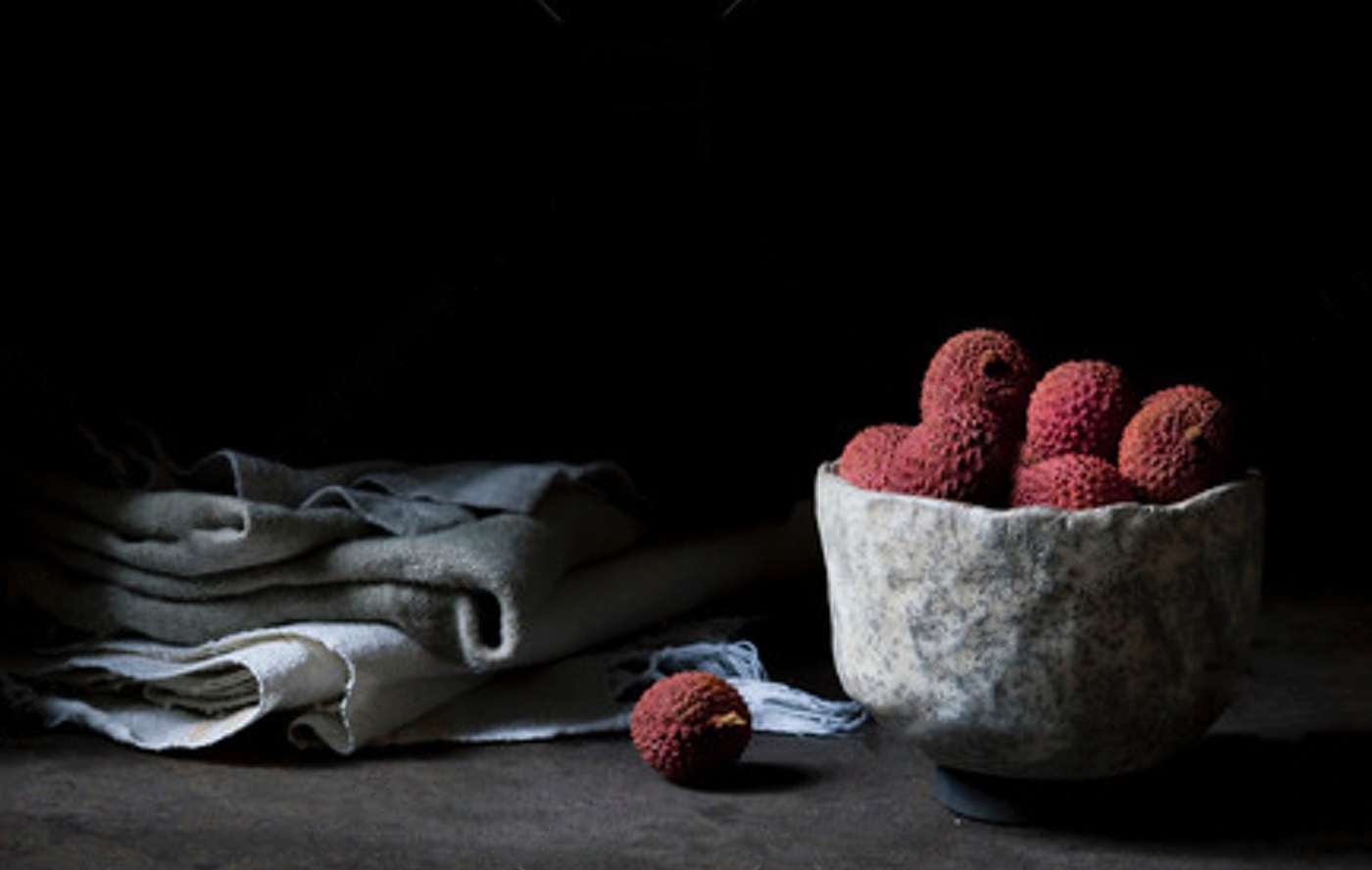Nothing signifies the arrival of summer better than the appearance of those little red balls of tropical goodness – the lychee.
At first glance Lychees look a little like toughened strawberries – the hard outer shell has a pinky-red hue but once peeled, the white inner flesh has a tantalising taste that is perfect for cocktails.
The lychee fruit (also known as “litchi”) originated in Asia, where it has been used for over 2,000 years for a variety of uses including desserts, salads, sweet and sour sauce, stir-fry and poultry dishes.
Heath benefits
Believed to be a symbol of love by the Chinese due to its red almost heart-shaped shell. But these ‘alligator strawberries’ have wonderful health benefits as they have more vitamin C than an orange or lemon.
In fact, eating lychee aids in the production of red blood cells, and its disease-fighting flavonoids, like quercetin, are said to inhibit both heart disease and cancer.
Once peeled, lychee resembles the inside of a grape, but its sweet, delicious flavour is more like a cross between a strawberry and a watermelon.
Picking the best Lychees
If you are lucky enough to be able to find Lychees fresh, you should be looking to select fruit that is brightly coloured, with a deep red hue and no blemishes.
Check for ripeness by gently pressing on the skin with your thumb. A ripe lychee should give a little when pressed (if it’s too soft, it may be overripe). Ripe lychee will also have a lush and floral perfume and they will taste sweet, but not overly so.
Fruit that is cracked, leaking, or smells fermented may be past its prime. Keep in mind that once picked, lychee cease to ripen, making it imperative that the shipment is fresh if you’re buying them from the store.
Peeling a Lychee
Much like a pomegranate, the goods lie just beneath a leathery outer skin and thin inner membrane. Peeling lychee is the only way to get to the edible flesh.
Piercing open the bumpy outer skin with your thumb and gently peel the skin back, as you would with the peel of an orange. The skin of a ripe lychee should pierce easily and come off fairly effortlessly.
Prepping a Lychee
If you’re preparing lychee to serve fresh and on its own or for use in a recipe, peel the fruit, and then carefully score it in half to reveal the stone or seed. Next, open up the two halves of the fruit. The seed should stick to one side, similar to an avocado.
After that, use your finger and thumb to pinch and slightly dig under the other side of the stone to remove the seed. Ripe lychee should expel its seed quite easily, but don’t worry if the fruit tears a little in the process.
Can it
Now if you don’t want to go through all that palaver, it’s perfectly acceptable to use canned Lychees for you cocktails as most of the time we’ll be either muddling or blending them anyway. Canned Lychees can usually be found in most supermarkets or Asian grocers.
Mix it up
Boil the fruit with sugar and water to create a simple syrup that can be added to cocktails (like martinis), ice cream, and sorbet.
Lychees pair well with tropical fruit like mango, coconut, banana, passion fruit, and pineapple. Iy also goes well with Lime, Ginger, Mint, Chilli & Star Anise















